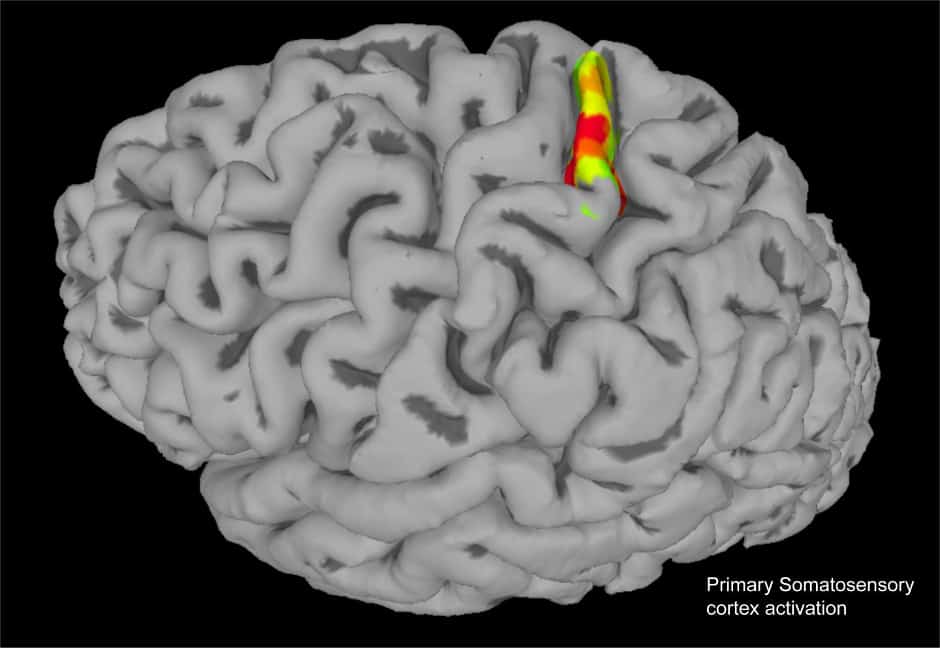Natural sensations induced in arm of paralysed man
Scientists at Caltech have induced natural sensations in the arm of a paralysed man by stimulating the brain with an array of electrodes.

The patient has a high-level spinal cord lesion and cannot move his limbs or feel them. The work at Caltech could one day allow paralysed people using prosthetic limbs to feel physical feedback from sensors placed on these devices.
The research was done in the laboratory of Richard Andersen, James G. Boswell Professor of Neuroscience, T&C Chen Brain-Machine Interface Center Leadership Chair, and director of the T&C Chen Brain-Machine Interface Center. A paper describing the work appears in eLife.
The somatosensory cortex is the part of the brain that governs proprioceptive sensations, which are sensations of movement or the body's position in space; and cutaneous sensations, such as feeling pressure, vibration, and touch. According to the paper, spinal cord injuries disrupt these messages. Even though the somatosensory cortex has not been damaged, sensation is lost for the affected body areas. As no treatment exists to repair the spinal cord the loss of sensation is permanent.
Register now to continue reading
Thanks for visiting The Engineer. You’ve now reached your monthly limit of news stories. Register for free to unlock unlimited access to all of our news coverage, as well as premium content including opinion, in-depth features and special reports.
Benefits of registering
-
In-depth insights and coverage of key emerging trends
-
Unrestricted access to special reports throughout the year
-
Daily technology news delivered straight to your inbox










Water Sector Talent Exodus Could Cripple The Sector
Maybe if things are essential for the running of a country and we want to pay a fair price we should be running these utilities on a not for profit...